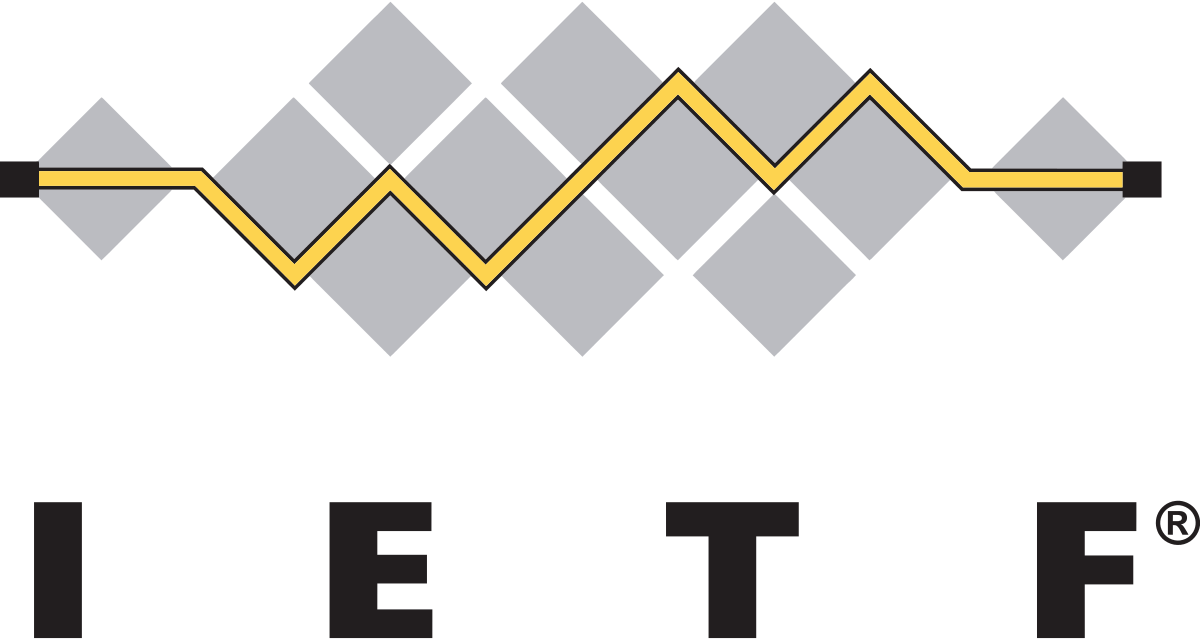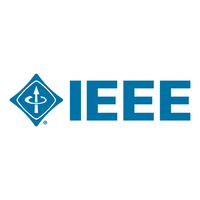United Nations Code List
A list of all code sets associated with coded data elements, see also UNECE Code List recommendations.

A list of all code sets associated with coded data elements, see also UNECE Code List recommendations.

A protocol to ensure the integrity of VC and can be used for Third Pary Credentials or Product Information issued as VCs.

A rights language model to express access rights to e.g. product information, organisational credentials or services

A rights language vocabulary to express access rights to e.g. product information, organisational credentials or services

OAuth 2.0 is the industry-standard protocol for authorization.

New IEEE Standard - Active.A clear and consistent set of environmental performance criteria for the design of imaging equipment products is established, providing an opportunity to secure market recognition for efforts to reduce the environmental impact of electronic products. This standard is also intended to provide a tool for government, institutional, corporate, and consumer purchasers to identify products that demonstrate environmental leadership. The intent is that the standard will be updated and revised on a periodic basis to continue to set a higher performance standard for leadership products.

A protocol that in the DPP case is used to anchor DIDs and product information schemas.

Security considerations for transactions conducted across more than one blockchain

Standardized methods for state synchronization across different record systems, including but not limited to blockchains, databases, other distributed ledger technologies.

GreenBlue’s Recycled Material Standard (RMS) is a voluntary, market-based framework that

1.1 This classification is to serve as an international standard for marine equipment nomenclature, taxonomy, hierarchical data structure, unique identifiers, and boundary definition for the consistent acquisition and exchange of equipment RAM performance data. The standard addresses the classification of mechanical and software products. 1.2 RAM in an acronym for Reliability, Availability, & Maintainability where: 1.2.1 Reliability is the probability that an item can perform a required function under given conditions for a given time interval (t1, t2). It is generally assumed that the item is in a state to perform this required function at the beginning of the time interval. 1.2.2 Availability is the probability that an item is in a state to perform a required function under given conditions at a given instant of time, assuming that the required external resources are provided. 1.2.3 Maintainability is the probability that a given active maintenance action, for an item under given conditions of use can be carried out within a stated time interval, when the maintenance is performed under stated conditions and using stated procedures and resources. 1.3 This standard does not purport to address all of the safety concerns, if any, associated with its use. It is the responsibility of the user of this standard to establish appropriate safety and health practices and determine the applicability of regulatory requirements prior to use.
The specification S2000M defines the processes, procedures and provides the information for data exchange to be used for material management throughout the lifecycle of a Product. The specification standardizes the business relationship between two or more parties (eg, contractor and customer) by providing a well-defined process flow and associated relevant transactions for data exchange.
